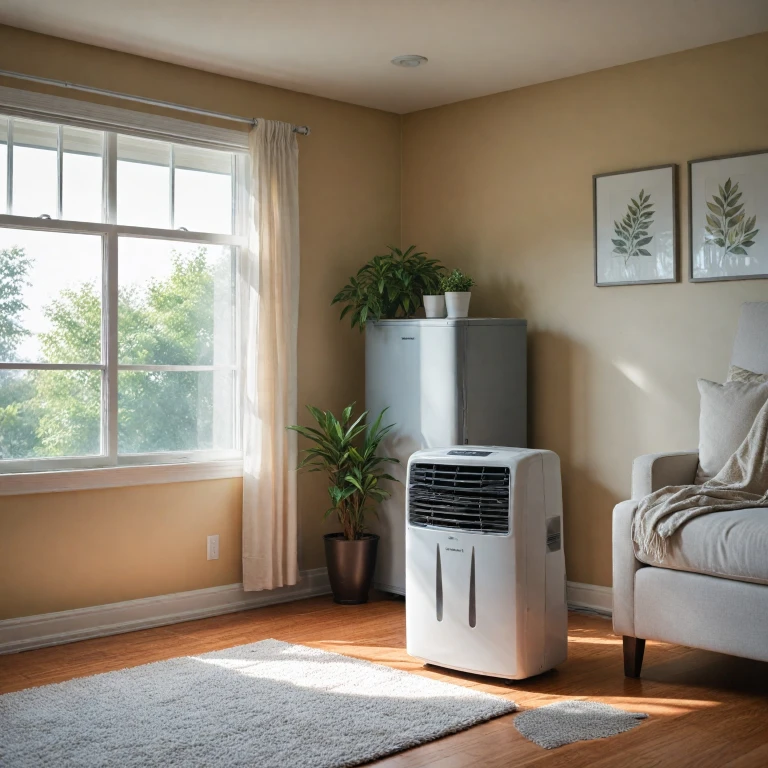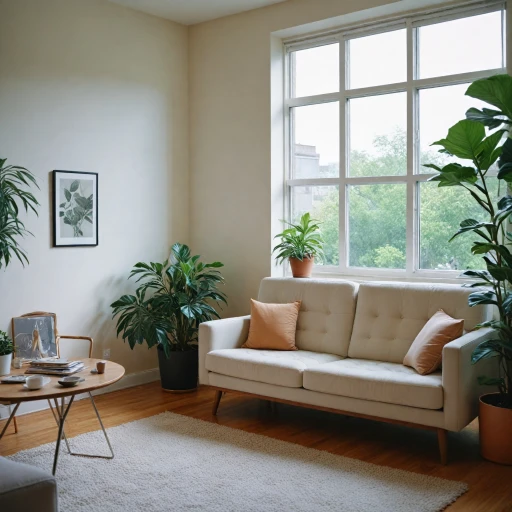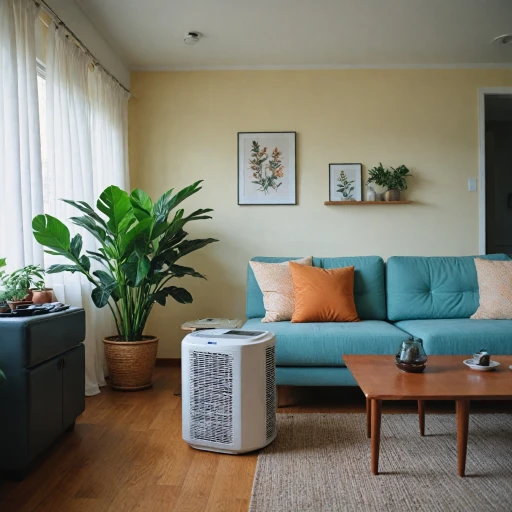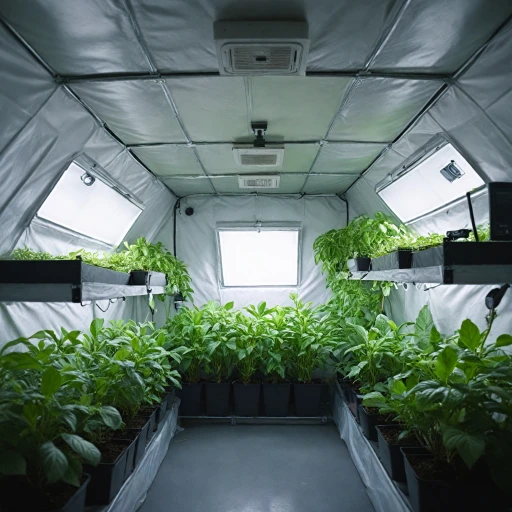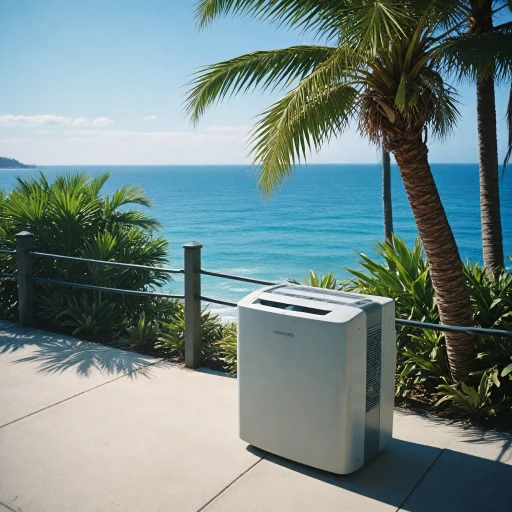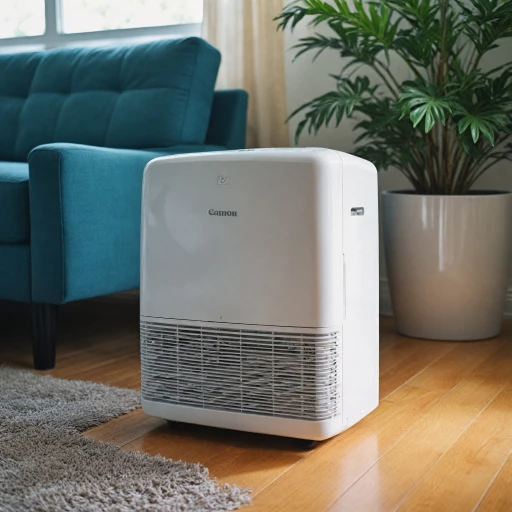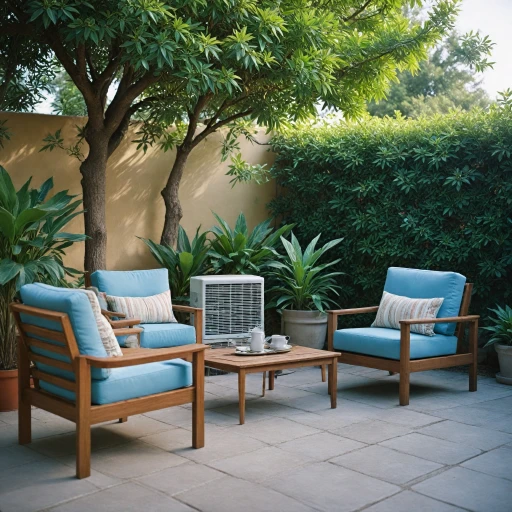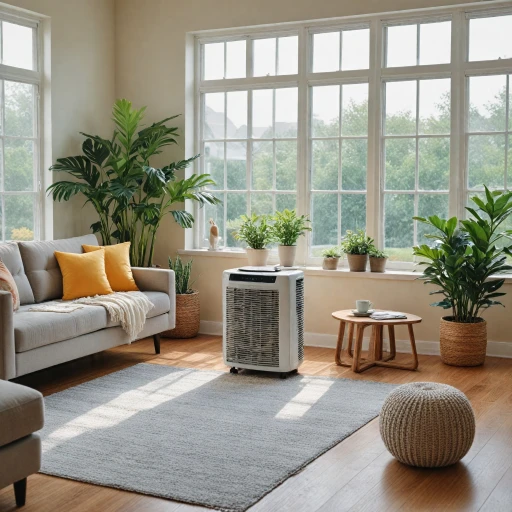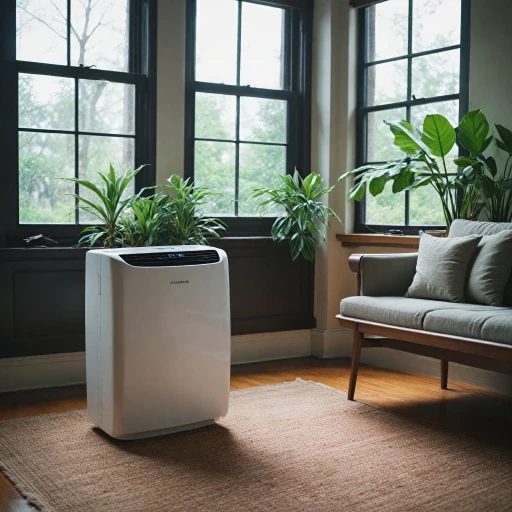
Understanding BTU and Its Importance
The Essence of BTU in Portable Cooling
When choosing a portable air conditioner, understanding BTU, or British Thermal Unit, is crucial. It's essentially the measure of the unit's cooling capacity. The BTU rating determines how much heat an air conditioner can remove from a room per hour. Higher BTU numbers signify a greater ability to cool larger spaces, making it vital to match the unit's power with the room's needs.
Selecting a unit with the correct BTU is not only about cooling efficiency but also about energy consumption and noise levels. An incorrectly sized portable air conditioner, whether too high or too low, can impact energy efficiency and indoor comfort.
With various models like dual hose systems, Whynter ARC, Midea Duo, or EcoFlow Wave on the market, thorough research and understanding of BTU requirements will guide you in making the right choice without overlooking the importance of energy efficiency and noise levels. Moreover, as you explore various units, factors influencing BTU requirements and adjustments for special conditions can further refine your decision. Stay aware of common considerations in BTU selection to avoid typical pitfalls.
Factors Influencing BTU Requirements
Key Elements That Impact BTU Necessities
The cooling power of your portable air units, represented by BTUs, must consider several elements to maintain optimal temperature in your room. Understanding these variables ensures that your portable air conditioners can efficiently handle the cooling task at hand.
Room Size Matters
First and foremost, the size of the room determines the BTU needed for sufficient cooling. Larger rooms require more powerful portable ACs with higher BTUs, while smaller spaces can be managed efficiently with smaller units. Matching the BTU to your room size not only improves energy efficiency but also optimizes your cooling capacity. Learn more about the benefits of choosing the right BTU air conditioner for different room dimensions.
Consider Insulation and Sun Exposure
The degree of room insulation and the amount of sunlight the room receives play pivotal roles in deciding BTU requirements. Rooms with excellent insulation preserve cool air effectively, potentially allowing for a lower BTU unit. Conversely, rooms exposed to direct sunlight or with poor insulation typically need a higher BTU to counteract the heat influx and maintain a comfortable temperature.
Internal Heat Gains
Additionally, internal heat sources such as electronic devices and occupants contribute to heat generation within a room. A home office filled with computers and electronics, for instance, will require a higher BTU portable unit to compensate for added heat compared to a sparsely furnished bedroom.
Climate and Location
Your geographical locale also plays a significant role. Someone residing in a hot and humid area may need a portable air conditioner with higher BTUs than someone in a cooler, less humid climate. Adapting to these regional differences can significantly impact comfort levels and energy bills.
Considering these factors when selecting your portable air conditioner will not only save energy but also ensure that your unit works effectively to cool your space. Understanding BTUs aligned with your specific needs prevents discomfort and excessive energy consumption.
Calculating BTU for Different Room Sizes
Calculating the Cool Factor for Various Room Dimensions
When it comes to cooling down a space effectively, determining the right BTU (British Thermal Unit) for different room sizes is crucial. Each room size has distinct requirements, and getting this aspect right ensures that your portable air conditioner can efficiently cool the area without wasting energy.
Here’s a quick guide to help you figure out what you need:
- Small Rooms (up to 150 square feet): Portable units with a cooling capacity of 5,000 to 6,000 BTUs will be ideal. These are perfect for small bedrooms or office spaces where window units may not be suitable.
- Medium Rooms (150 to 350 square feet): For spaces such as living rooms or larger bedrooms, consider units with 8,000 to 12,000 BTUs. This ensures that the air conditioner can handle the space without exerting too much power.
- Large Rooms (350 to 550 square feet): Go for air conditioners that offer 14,000 to 16,000 BTUs for larger areas that demand more cooling to maintain a comfortable temperature.
While there's a general rule of thumb for calculating BTUs based on room size, remember that other factors influence these requirements. For specialized advice when calculating for rooms with unique conditions, or when accounting for additional heat sources, you may want to explore different options. If you're an outdoor enthusiast, learn more about choosing the right camping AC unit for your adventures, ensuring even your temporary living spaces remain cool and comfortable.
Calculating the correct BTUs needed for your room size directly impacts both the effectiveness of the cooling and your energy efficiency. Ensuring your portable air conditioner has the right power will help you maintain a cool, energy-friendly environment.
Adjusting BTU for Special Conditions
Considering Unique Cooling Scenarios
Choosing the correct BTU for your portable air conditioner is crucial, yet special conditions within a room can influence its cooling performance. When determining the BTU requirements for your space, it is essential to account for factors such as heat sources, insulation, and room usage that may alter the cooling needs.- Room Insulation: Poor insulation can lead to higher temperature fluctuations, especially if a room is exposed to direct sunlight or has multiple windows. This impacts the unit's effectiveness. Insufficient insulation might require boosting your initial BTU calculation to ensure optimal temperature control.
- Heat-Producing Devices: Consider additional heat generated from appliances or electronic devices within the space. Electronics such as computers or televisions emit heat, contributing extra load on the air conditioner's capacity. Therefore, rooms with multiple heat-generating items might need a portable ac unit with higher BTUs for effective cooling.
- Occupancy Levels: If a room frequently accommodates many individuals, this will introduce more body heat into the environment. The BTU capacity must be adjusted to counteract this additional warmth and maintain comfort.
- Unusual Use Spaces: Particular conditions, like a home gym or kitchen, may require speculating BTUs beyond normal calculations due to increased activity or heat from kitchen appliances.
Common Mistakes in BTU Selection
Missteps Commonly Made in BTU Calculations
Understanding the proper BTU is crucial, but many people make errors when determining the right portable unit for their space. Awareness of these pitfalls can help ensure efficient cooling for your room.- Overestimating BTU Needs: One frequent mistake is assuming that more power equals better cooling. A higher BTU than necessary can lead the portable air conditioner to cool a room quickly but cycle off, leaving hot spots and heat build-up. This situation is not energy efficient and can lead to increased wear on the air conditioning unit.
- Ignoring Room Characteristics: The room's layout, number of windows, and insulation should influence BTU selection. Rooms with large windows or poor insulation may require units with higher cooling capacity. Ignoring these factors can lead to insufficient cooling and discomfort.
- Neglecting Climate Considerations: Rooms in warmer climates may need units with higher BTUs. Conversely, rooms in cooler areas might not need as much power. Evaluating the local environment ensures more effective cooling.
- Overlooking Dual Hose Models: Single hose units may not effectively cool larger rooms or those with heightened heat generation. Opting for a dual hose variant can provide better airflow and enhanced cooling efficiency.
- Not Considering Room Use: Rooms with electronic equipment or multiple occupants generate more heat. Adjusting for these factors is crucial in selecting the right portable air conditioner.
Choosing the Right Portable Air Conditioner
Selecting the Ideal Portable Air Conditioning Unit
When choosing a portable air conditioner, several key considerations can ensure you select a unit that best meets your cooling needs and provides energy efficiency. Let’s dive into the elements that can make or break your portable cooling experience.
Cooling Capacity and Room Size
One of the most critical factors is aligning the BTU rating of the portable air conditioner with your room size. If you're uncertain about calculating room size and BTU needs, ensure you've reviewed the process to get accurate measurements. This ensures the unit can adequately cool your space without consuming unnecessary energy.
Single Hose versus Dual Hose
Portable air conditioners come with either a single or dual hose design. A dual hose unit, like the Whynter ARC series, is often more efficient because it uses one hose for intake and another for exhaust, preventing the unit from working too hard to cool your room. Single hose models are simpler and might be sufficient for smaller rooms. Consider your room's cooling capacity needs when deciding between these options.
Energy Efficiency and Noise Level
Some units boast higher energy efficiency compared to others. Opt for models that have energy-saving features to help lower your electricity bill while maintaining a comfortable environment. Noise levels can also differ between models. If you prioritize a quiet workspace, look for models known for their low operational sound, like the Midea Duo.
Versatility and Installation
Look for units that offer versatility in installation, particularly if moving them between rooms or even camping with them, such as the EcoFlow Wave. Units that provide adjustable vents and various settings offer more tailored cooling solutions, enhancing comfort.
Budget and Brand Reliability
Finally, your budget constraints might influence your choice. While some premium models offer advanced features, there are also affordable options that do not compromise on performance. Checking consumer reviews and brand reliability is a wise way to ensure your investment will withstand the test of time.
By considering these factors, you can select the portable air conditioner that is the best fit for your specific conditions, ensuring a comfortable and efficient cooling experience.
